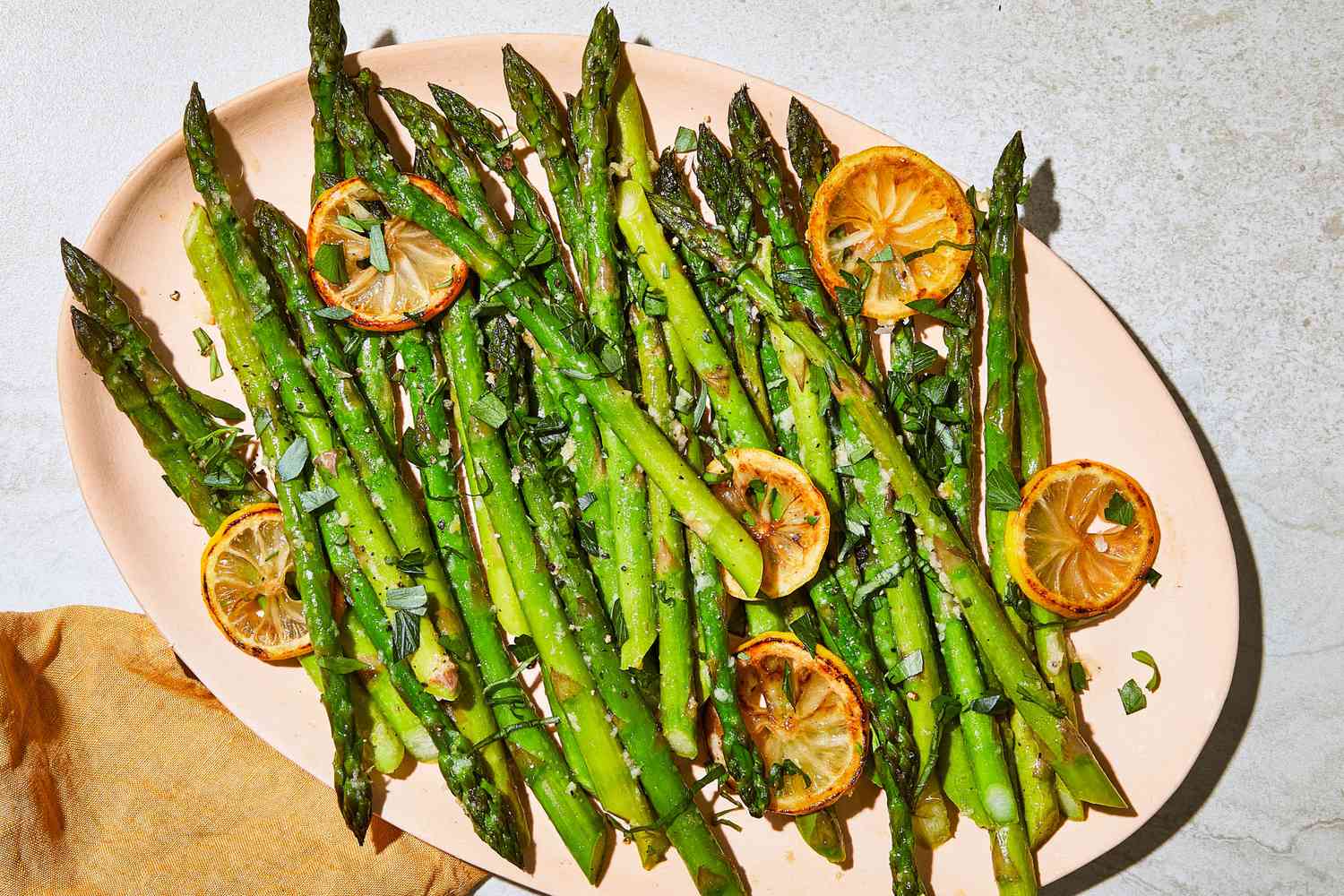prekforalldc.org – Asparagus, with its delicate spears and earthy flavor, has been a prized vegetable for centuries. Its elegant appearance and nutritional value have made it a staple in many cuisines around the world. From ancient Roman feasts to modern-day gourmet dishes, asparagus continues to captivate taste buds and nourish bodies.
A Brief History
The origins of asparagus cultivation can be traced back to ancient Egypt, where it was cultivated along the Nile River. The Greeks and Romans also prized asparagus, incorporating it into their culinary traditions. In Europe, asparagus cultivation flourished during the Middle Ages, and it eventually made its way to the Americas with European settlers.
Types of Asparagus
There are two primary types of asparagus: green and white.
- Green Asparagus: The most common type, it is harvested before the spears develop chlorophyll, resulting in a bright green color.
- White Asparagus: Grown by hilling the plants with soil to prevent sunlight from reaching the spears, resulting in a pale white color.
Nutritional Benefits
Asparagus is a nutritional powerhouse, packed with essential vitamins, minerals, and antioxidants. Some of its key health benefits include:
- Rich in Vitamins and Minerals: Asparagus is an excellent source of vitamins A, C, K, and folate, as well as minerals like potassium and iron.
- Antioxidant Properties: The antioxidants in asparagus help protect cells from damage caused by free radicals.
- Digestive Health: The fiber content in asparagus promotes healthy digestion and prevents constipation.
- Heart Health: The potassium in asparagus helps regulate blood pressure and reduce the risk of heart disease.
Culinary Uses
Asparagus is incredibly versatile and can be enjoyed in a variety of ways. Here are some popular culinary uses:
- Steaming: A classic preparation method that preserves the vegetable’s delicate flavor and vibrant color.
- Roasting: Roasting adds a caramelized sweetness to asparagus, making it a delicious side dish.
- Grilling: Grilling imparts a smoky flavor to asparagus, perfect for summer barbecues.
- Soups and Stews: Asparagus can add a touch of elegance to soups and stews, providing a subtle flavor and vibrant color.
- Pasta Dishes: Asparagus pairs well with pasta, adding a fresh and healthy element to the dish.
- Omelets and Frittatas: Asparagus is a popular ingredient in omelets and frittatas, providing a burst of flavor and nutrients.
Selecting and Storing Asparagus
When selecting asparagus, look for spears that are firm, bright green, and free of blemishes. The tips should be tightly closed. Store asparagus in the refrigerator in a plastic bag or wrapped in a damp paper towel to maintain freshness.
Conclusion
Asparagus, with its delicate flavor, vibrant color, and numerous health benefits, is a culinary treasure. Whether you prefer it steamed, roasted, grilled, or in a soup, asparagus is sure to elevate any dish. By incorporating this elegant vegetable into your diet, you can enjoy its delicious taste and reap the rewards of its nutritional value.
